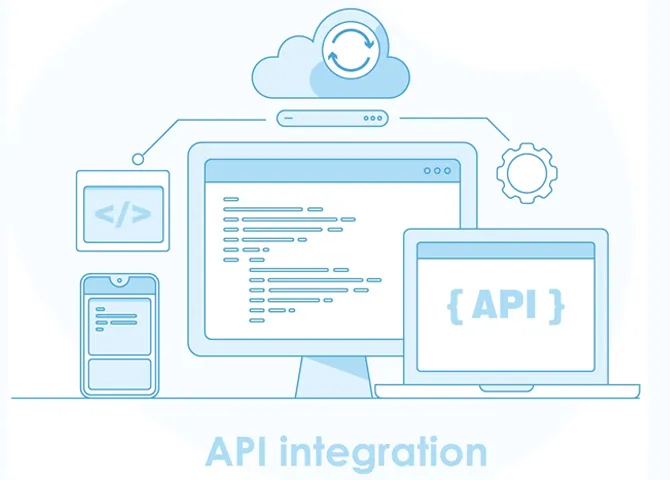Connecting disparate systems, technologies, and workflows could be the missing link for your business when it comes to increasing productivity and efficiency. One of the best ways to do just that is to integrate web apps you’re already using together. Better yet, integrate existing apps together under the structure of new workflows for maximum efficiency.
But what exactly is web app integration, and what does it entail? To paint a clearer picture, allow us to provide you with seven examples of web app integration done right.
What is Web App Integration & Why Does it Matter?
Web app integration is “the process of enabling independently designed applications to work together,” Gartner explains.
Integration is important because, as Gartner notes:
“…enterprises need agility from their applications to respond quickly to customer needs and be able to transform their business as part of a composable applications strategy. To deliver on this transformation, organizations need applications that can be readily assembled, reassembled, and extended.”
What’s more, web app integration allows different platforms to communicate with each other, sharing key data and allowing end users to efficiently work without having to manually switch between a myriad of apps.
7 Best Examples of Web App Integration
There are countless integration opportunities, and the applicability of these will ultimately depend on the nature of your business and its workflows. Here are seven good examples of integrations you’ve likely used at some point in time, along with a brief overview of the benefits and use cases of each:
- Google Drive and Gmail: Integrating Google Drive with Gmail allows you to attach files (even large ones) from Drive directly into Gmail.
- Salesforce and Mailchimp: Integrating Mailchimp with Salesforce makes it easy to create targeted email campaigns with trusted contacts, personalizing communications and increasing engagement, conversion, and retention.
- Salesforce and LinkedIn: Generate valuable customer insights by connecting SalesForce and LinkedIn.
- ServiceNow and Slack: Make it easy for your teams to communicate with your IT provider by integrating ServiceNow and Slack.
- Outlook 365 and Greenhouse Onboarding: Streamline the employee onboarding process by integrating Outlook 365 with Greenhouse Onboarding, or your preferred HRIS system. This integration makes scheduling interviews, sending out emails to candidates, and auto-assigning tasks quick, easy, and automatic.
- Intuit Quickbooks and Microsoft Excel: Enhance your financial management and analysis by integrating Quickbooks and Excel.
- HubSpot and Instagram (or any social channel): Make the most out of your social marketing efforts by integrating HubSpot with Instagram, Facebook, TikTok, or your preferred business marketing social channel.
Establish Custom Integrations With No Coding Needed
While the above examples of integrations are undoubtedly powerful, they are just that — examples. There are so many other powerful integration opportunities to explore. And you should, if you’re serious about improving how your business operates.
Establishing integrations of any kind previously required in-depth coding knowledge. That’s no longer the case with no-code tools from providers like PerfectApps.
Ready to make the most of the apps you already know and love? Create custom workflows that allow you to connect existing apps, create new custom web apps, and so much more. Start automating workflows, streamlining processes, and sharing data across systems today with PerfectApps integrations.





